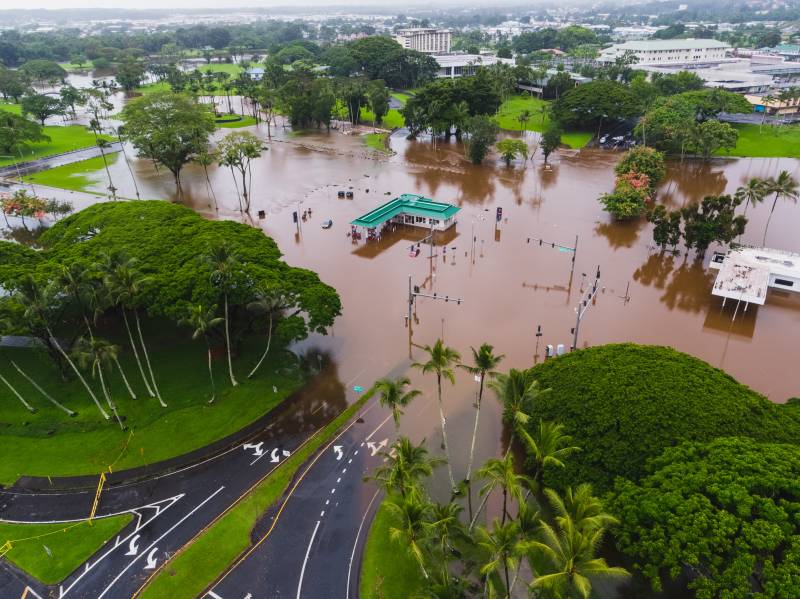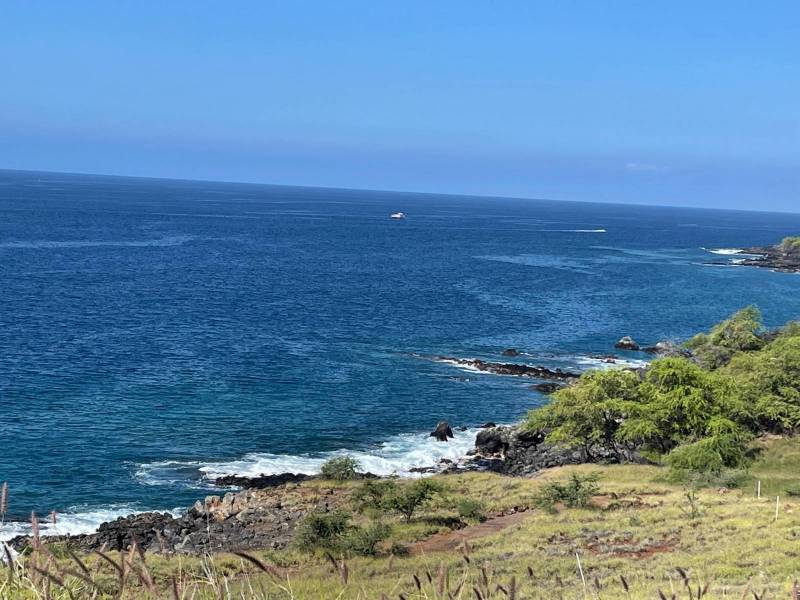Starting May 1, 2022, just two months from now, the seller’s disclosures, which are mandatory for all sales of residential real estate in Hawaiʻi, must include information on whether the property is potentially affected by rising sea levels due to climate change.

Oceanfront and beachfront homes will likely fall in the sea level rise exposure areas as shown by the stateʻs predictive model
Why the Hawaiʻi Legislature Amended the Property Seller Disclosure Law
Work has been underway for a number of years to study the possible future affects of climate change on our Hawaiian islands, primarily so state and county governments can plan appropriately for changing infrastructure needs and protect the welfare of residents living in areas exposed to changing sea levels.
In 2017, the State of Hawai‘i Sea Level Rise Vulnerability & Adaptation Report was published. The following year the State Climate Commission recommended incorporating information from the report into seller’s disclosures, and the Hawaii Association of Realtors began preparing to implement that recommendation.
This is in addition to existing disclosure requirements regarding whether the property is in a flood zone as established by the National Flood Insurance Program of FEMA. Whereas sea level changes will affect primarily oceanfront and near-oceanfront properties, the broader disclosure already requires disclosure for properties close to a stream or area otherwise likely to flood in heavy rainfall conditions.

Recent heavy rain events have affected communities like Hilo on Hawaii Island, and the north shores of Kauai and Oʻahu
Without getting into all the technicalities, the modeling was done by researchers at the University of Hawaiʻi and incorporates three ways of looking at the potential dangers of rising ocean levels: passive flooding, meaning low-lying areas in danger of becoming inundated as average sea levels change; annual high wave flooding; and coastal erosion due to higher ocean levels. Here is a link to the sea level rise mapping tool.
How the Sea Level Change Disclosure Law Affects Buyers and Sellers of Real Property
Just as sellers and their representatives currently check the National Flood Insurance Maps to see if the property falls within a special flood zone, starting in May they will also need to check the State of Hawaii Sea Rise viewer. While the available mapping tool will show the effects of sea level rise by the end of the century from 6 inches to 3.2 feet, it is this highest marker that is the basis for the required disclosures.

Example of Sea Level Rise Exposure Area “SLR-XA” 3.2 foot scenario for the Kohala Kai property for sale in North Kohala.
Although this sounds like a potentially scary disclosure, low lying areas would already show up as in a special flood zone in the previous mapping. And oceanfront parcels that are elevated from the ocean (as many are here on Hawaii Island) will be little affected by a 3.2 foot rise over the next 80 years.

Ground level at Kohala Kai — lots are well above current sea level and homes should be unaffected by a 3.2 foot sea level rise
The recent amendments to the law requiring sellers of residential real property to disclose material facts to buyers during a transaction will be incorporated into the Hawaii Association of Realtors standard Sellers Real Property Disclosure Statement. The agent representing you in the transaction should be able to help you complete this section (if you are a seller) or send you to resources to interpret the disclosure (if you are a buyer).




Cherie Tsukamoto
March 3, 2022
Great and informative article, Beth!
Beth Robinson
March 4, 2022
> Thanks, Cherie. We will need a bunch of articles on this topic I feel sure!
KC Krause
March 4, 2022
Aloha!
Yes, this should have been done a loooong time ago!
For decades I have witnessed firsthand the effects of beach erosion & bluffs/cliffs collapsing (sometimes from a single XL swell) on my weekly surf trips to the Pacific.
As an engineer the logic of building anything so close to the largest body of water on Earth defies logic. Federal & state taxes have been heavily subsidizing these oceanfront properties for far too long. It is not fair to 99% of us taxpayers who subsidize $5M+ properties that are not paying the true cost of their precarious location.
Unfortunately, a managed retreat from the ocean is the only long-term solution for $100s of Billions of prime RE in HI, CA, FL, TX & others around the world.
Beth Robinson
March 4, 2022
> Thank you for your comments. I appreciate you pointing out this problem is not limited to Hawaiʻi, but is something that many communities will need to address.
Cherie Tsukamoto
May 2, 2022
Thank you for making this simple and clear